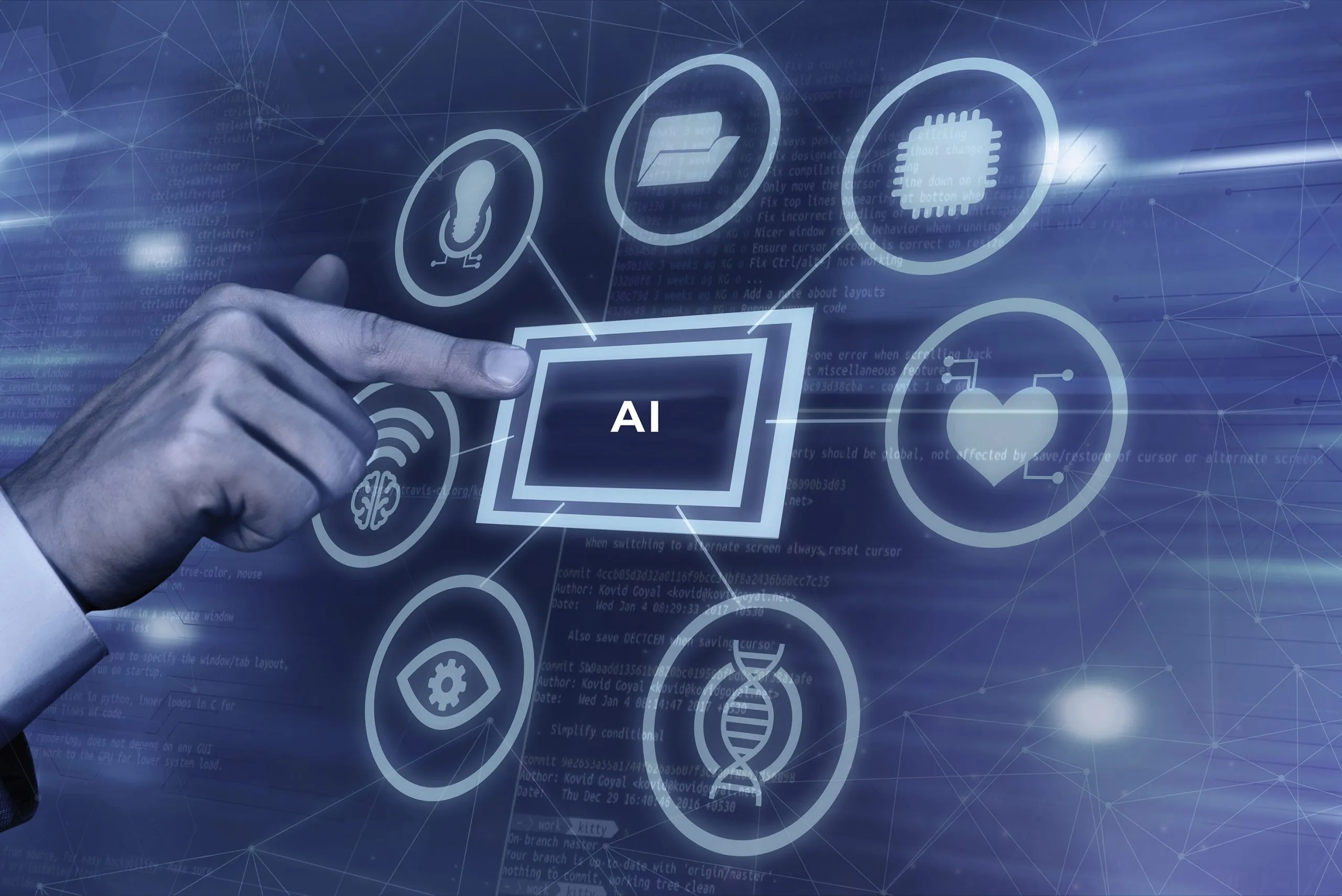
Optimize, and Improve the Quality of Your Assembly Line with AI
One of the areas where Artificial Intelligence (AI) can be highly effective, achieving results that exceed expectations, is in assembly lines, as it helps ensure production quality, among other benefits that we will describe below.
Benefits of using AI on assembly lines
- Efficiency: Optimize assembly processes to reduce time, increase productivity, and eliminate human error. By integrating AI into the assembly line, it supports the operator and/or the process in determining whether all established criteria for achieving complete assemblies are met.
Ver artículo Eficiencia Industrial - Automation: AI can be integrated with specialized assembly equipment, allowing it to digitize the process, perform repetitive tasks, and maintain production traceability.
- Improve Quality: AI can use computer vision algorithms to detect product defects, identify patterns, the presence or absence of elements in the assembly, and other functions that can reduce the defect rate and improve overall product quality.
- Improve Security:AI uses machine learning algorithms to detect risks on the assembly line, both to the final product and to operator safety.
- Personalization: AI integration into the assembly line is tailored to the company's needs; the advantage of flexibility and adaptation allows for results that digitize, optimize, and improve production quality.
- Less reworks: With AI, rework caused by incorrect assembly of elements can be reduced, as it can detect, for example, if an element of the final assembly has not yet been installed, if it was installed incorrectly, if the element does not correspond to the model of the final product, if it is misaligned, misaligned, or misaligned, among other criteria.
AI Applications in Assembly Lines (Smart Stations)
- Engine assembly with instructions for the operator. (Automotive Industry)
- Assembly Assistant (All Industry)
- Tool positioning. Screw and bolt identification (All Industry).
- Electrical tab and connector detection application (Automotive, electronics, aerospace, manufacturing, etc.)
- Vehicle headliner blockage detection application (Automotive industry)
- Wiring harness assembly detection (Automotive, electronics, aerospace, manufacturing, etc.)
- Seat foam mold component detection (Automotive industry)
- Robotic verification of the welding cell (Automotive, electronics, aerospace, manufacturing, etc.)
- Final assembly validation detection (General industry).
- Part selection detection (All industry).
- Sequence detection (All industry).
- Label quality detection (All industry).
- Label location detection (All industry).
- Leak detection in final product testing (All industry).
- Wear detection in the final product (All industry).
- Surface alignment and gap detection (All industry).
- Seat defect and wrinkle detection (Automotive industry).
- Scratch and defect detection (All industry)
- Component detection (All industry)
The field of application of AI in assembly lines is very broad, however, it is very specific in the results sought and obtained. If your company is looking to improve the assembly line, reduce rework, and raise product quality, AI is a technology you should consider.
Contact us for a remote or on-site demonstration.

 Us
Us Torque Academy
Torque Academy